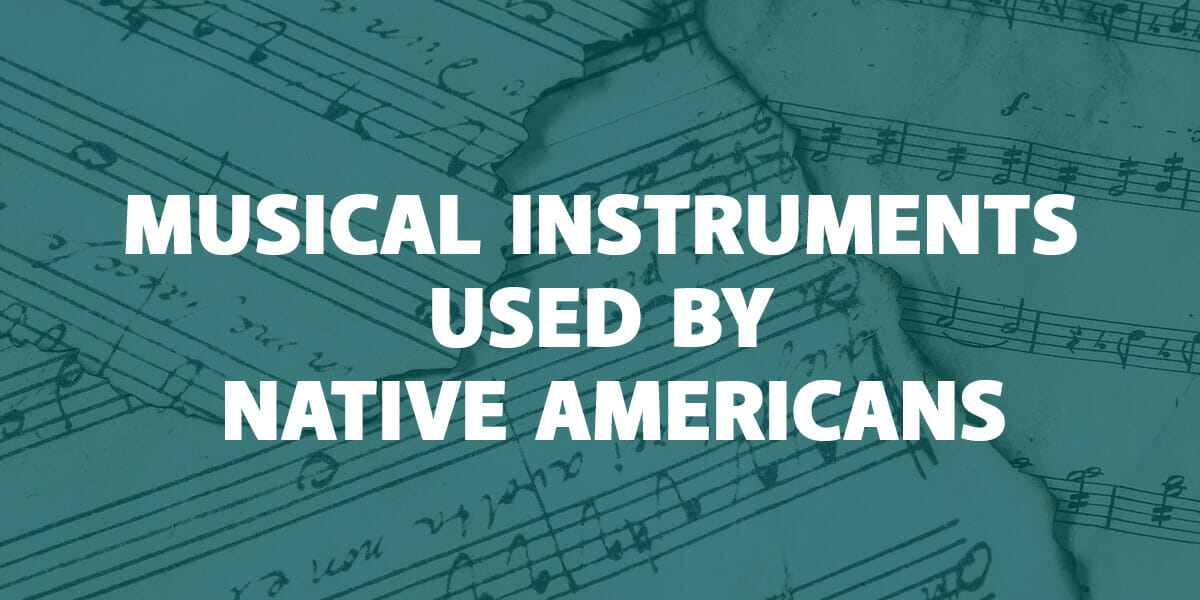
Most of the instruments pertaining to the American culture are made with the help of naturally available materials with most of them carrying symbolic value appearing in the form of the ways they are adorned, or named.
Music has been a determining aspect of their daily life work. Indians.org explains how the natives raise their voice in order to motivate their daily functions. Tribal historiographers state that music has been an important way via which stories and norms of these people are passed.
Moreover, these tunes are also used to invoke spiritual power to solve a certain problem. Irrespective of the diverse musical instruments that each tribe possessed, it needs to be noted by the readers that similarities did exist. For instance, several traditional Australian instruments found its place amongst the natives of America.
One such example is that of the Didgeridoo that is believed to have been played for the first time by Australian aboriginals and history reveals to us that the Mayan people of Central America had a similar one made of agave and contemporarily known as the “la trompeta maya.” The ‘Eskimo’ style in this arena is considered to be the simplest one whereas a complex form of music is believed to be produced by tribes of the South Western part.
Modern music has been greatly influenced by the same. Native American CDs seem to be selling well amongst the contemporaries. However, tribal music is something one might not choose to listen to initially and thus; it is slowly disappearing into the abyss. All of us need to decide to listen to such music or various music books dedicated to it. Movies depicting the Wild West have, however, familiarized us to indigenous music of America and maybe with visuals of few instruments, but little do we care to garner knowledge about the same?
It is imperative that we realize how each tribe carries a signature style of music with them even if they share similar geographical location. Britannica explains a classification of 5 types with regards to the same used by the authors for an easier approach. To make it easy on everyone, I have clubbed 7 such instruments that we should read about and be amused by the diversity they share:
- Idiophones are those instruments that produce sound mainly by vibration when the body of the instrument is struck. By far it is the largest category of Native American instruments. An example of one is the teponaztli (log drum).
- Membranophones are those instruments that have skin or membrane stretch over the frame. Sound produced is a result of the strikes on the body. Kazoo is an example of the aforementioned.
- The instruments that take help of air to produce sound are part of the Aerophones; Bull-roarers are one of the famous Aerophones.
- Chordophones are those instruments that have one or more strings attached to it. The sound is produced by striking or stretching of the strings. The cajuavé is an example of Chordophone.
- A fifth type has been recently introduced in this categorization. These are the instruments that take help of electricity to function and are known as ‘Electrophones’.
On the road of this speedy life that we all are leading, music has come to us in the form of salvation. We often take shelter under ‘music’ in search of the peace that we lose little by little every day. An immense part of History would soon be lost if we do not take things into our own hands and promise to save it.
Indigenous music is a very important part of unearthing not only the culture and anthropological significance of one community, but of everyone. Part of our precious time spent on these native tunes would do all of us good; and to the music as well. Thus its preservation is an obligation that we cannot shy away from. A little time spent on it may not look like much, but a little goes a long way.

